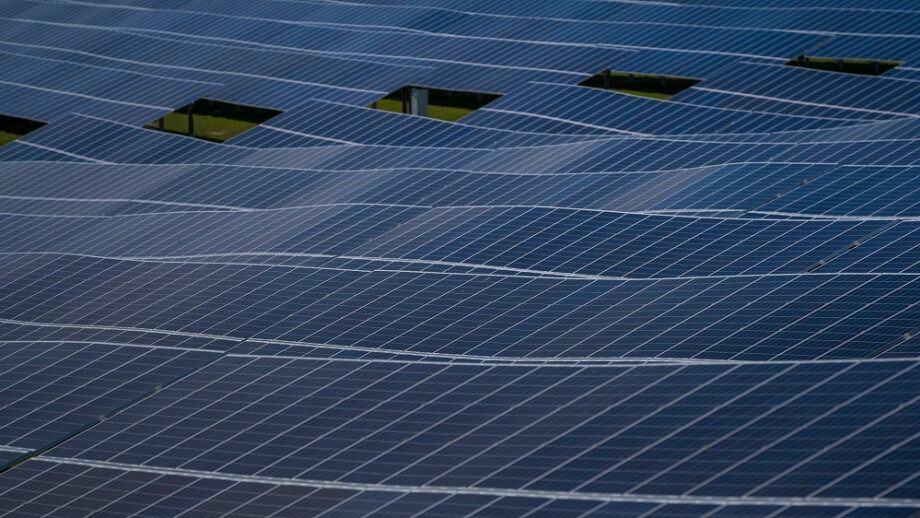The Australian National University (ANU) will play a critical role in researching and developing cheaper, more efficient and more sustainable solar technologies thanks to a multi-million dollar cash splash that will ignite a spark in Australian solar innovation.


The Albanese government last week announced the Australian Centre for Advanced Photovoltaics (ACAP), led by The University of New South Wales (UNSW) in collaboration with ANU and other institutions, will receive $45 million over the next eight years to ensure the nation continues to be a world leader in the development and deployment of cutting-edge solar technology, including the next iteration of solar panels.
ANU Professor Andrew Blakers, who is coordinating the University’s involvement with ACAP, said Australia’s long and proud history of delivering creative solutions to advance the capabilities of solar photovoltaics (PV) – technology that converts sunlight into electricity – at home and abroad means it is well positioned to rise to the challenge of developing more capable and more efficient solar cells.
“This cash injection will ensure Australia remains at the forefront of solar innovation globally and will also bring us one step closer to achieving our goal of becoming a renewable energy superpower,” he said.
“Australia is generating about twice as much solar energy per capita compared with any other country. The main Australian electricity grid now procures about 30 per cent of its electricity from solar and wind, and South Australia procures 70 per cent. These are globally-leading figures.”
The need to develop cost-effective, more efficient and widely accessible solar panels is imperative if nations around the world, including Australia, hope to meet and surpass today’s modest emissions reduction targets.
“Solar electricity is already cheaper than electricity from fossil fuels. However, the cost reductions are nowhere near finished,” Professor Blakers said.
“Clean and cheap solar and wind electricity allows clean electrification of transport, heating and industry and hence removal of 80 per cent of greenhouse emissions.
“Solar energy is the key to mitigating global warming.”
Professor Blakers says continued investment and advances in clean energy infrastructure is needed now more than ever amid constraints on the global energy market and higher prices fuelled by ongoing supply issues.
“The way out of current energy difficulties is more investment in solar and wind, supplemented by extra transmission to bring the new solar and wind power to the cities,” Professor Blakers said.
“The cost of solar and wind is far below current wholesale spot prices. These difficulties are caused by repeated non-availability and failure of clapped-out coal plants coupled with high coal and gas prices partly caused by Russia’s war in Ukraine.”
ACAP is funded by the Australian Renewable Energy Agency (ARENA) and is a collaboration between multiple Australian universities, solar cell production companies, CSIRO as well as international partners.
Incoming ACAP Director, Professor Renate Egan from UNSW, said: “We’re looking forward to working with ARENA to deliver low-cost solar technologies through ongoing research.
“Australia has been leading the world in solar technology development, and there’s still so much more to do. And we’re only just beginning.”



































